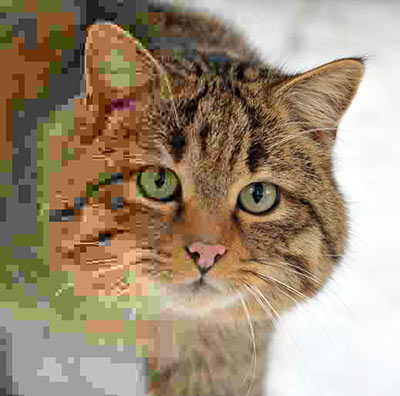As well established Melbourne printers, we know how to work with all kinds of computer file formats. If you’ve ever opened a picture on a computer, you have probably heard one or more of the following acronyms: JPEG, TIFF, or PICT. Today we’re covering JPEG and other image file formats to help you better understand what those letters mean.
What is a JPEG?
JPEG is the most common format for images, and it has been around since the early 1990s. JPEG filenames end with .jpg or .jpeg.
A single digital image is made up of thousands of pixels, which get compressed when the file is saved as a JPEG. The format was developed to reduce the size of images, which can take up a lot of disk space on computers. In a jpeg file, the compression only affects the number of pixels, which is related to clarity, but doesn’t distort the colours.
It is true that the compression process can result in a loss of data, but it’s unusual for that loss to be visible. If a very large image is compressed too much, it can look fuzzy or jaggy, but with a small logo image for your business card (for example), you probably won’t be able to tell the difference between the original digital image and the compressed JPEG file.

Image Quality Loss Due to Compression
It should be noted that JPEG files cannot save layers, meaning that you can’t superimpose or move images about in a scene.
What About PICT and BMP Files?
The PICT was the original bitmap image file format on Macintosh computers. PICT files are typically smaller than other file formats, but of course there’s a catch. As mentioned above, the compression process for JPEGs doesn’t distort its colour at all, but PICT files rely on an internal algorithm for compression that affects both the number of pixels and sometimes their colour.
Like JPEG files, PICT files cannot include layers. Keep in mind that to this day, many computers operating with a Windows system can’t open PICT files. Windows has its own bitmap file format: BMP. BMP files are not compressed and tend to be large.
Last But Not Least, the TIFF
TIFF was one of the first image file formats, and it’s still going strong. Early TIFF files were uncompressed and took up a lot of memory and storage space, making high resolution TIFFs difficult to work with. Today’s TIFF files lose no data when compressed, making them popular with graphic artists and other visual designers. Generally speaking, a TIFF will maintain the quality of an image. Of course, as you probably guessed, this does mean the files are larger than JPEGs. Large TIFF files are generally more resource-intensive, larger to store and difficult to send via e-mail, but if you are creating a large poster, it’s probably worth using those extra megabytes.
When you’ve got your image saved in the format you’d prefer, stop on by Spencer Minuteman Press for the best printing services in Melbourne!








